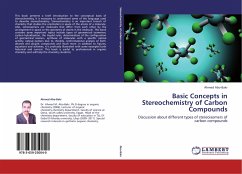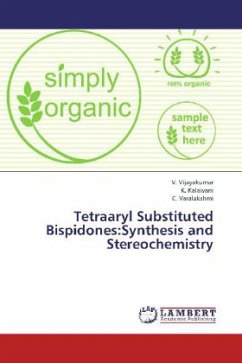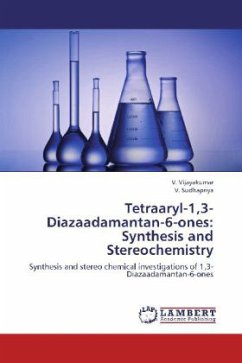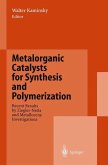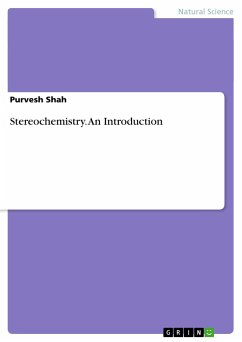Novel -peptidic secondary structures have been gained with five and six membered alicyclic side-chains. We analyzed various secondary structures of different foldameric and -peptidic structures as a function of the back-bone stereochemical pattern. The results showed that the homochiral and the alternating heterochiral systems do not cover all the possibilities to create periodic secondary structures. The absolute configurations can be regarded as the basic instruction set in the assembly language of the peptidic foldamer sequences, and an stereochemical patterning approach was established. We tested the SPA experimentally in terms of sequences with a novel backbone stereochemical pattern, giving an H14/16 helix and an H9-12 helix. These are de novo designed helices. Further evidence in connection with the relevance of the SPA is the two distorted structures with the swapped backbone pattern, because they do not form helical structures. Their secondary structure is loop-like.
Bitte wählen Sie Ihr Anliegen aus.
Rechnungen
Retourenschein anfordern
Bestellstatus
Storno


